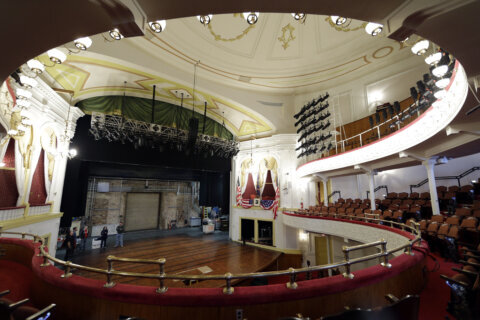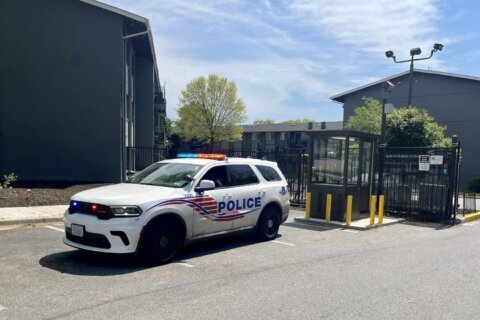With an eye toward advancing racial equity in housing and becoming more inclusive, the D.C. Council voted Tuesday to approve changes to the city’s Comprehensive Plan, a massive document that guides future growth and development in the District.
The proposed changes to the plan come as the city’s population and demographics have changed in recent decades. After years of decline, D.C.’s population is on track to reach its 1950s peak of 802,000 within two decades. At the same time, an increased demand to live in central D.C. neighborhoods has resulted in higher housing costs while threatening the ability of lower households to stay in the District, says an amended version of the Comprehensive Plan.
Council members agree that affordable housing production is lagging.
“The revised plan will substantially increase opportunities for new housing in all eight wards of the city,” said D.C. Council Chairman Phil Mendelson. “It requires the zoning commission and other agencies to develop a racial equity lens for evaluating all actions, including zoning cases.”
Most of the changes approved by the council were introduced by Mendelson.
Among other things, the plan calls for making 40% of new affordable housing units available to “extremely low income households.”
The other 60% would target “low and very low income households.”
According to Mendelson, those targets would prioritize production of housing that is affordable to more of the District’s residents of color.
“Achieving these targets requires actions from the public, non‐profit and private sector,” Mendelson said. “Statutory and regulatory measures, including zoning, are necessary but not sufficient to produce very low and extremely low income rental housing and ownership opportunities for a range of households.”
The plan defines affordable housing as that in which occupancy is limited to households meeting special income guidelines earning 80% or less of the median family income of an area, as determined by the U.S. Department of Housing and Urban Development. The region’s median family income is about $103,000 a year.
The terms extremely low, very low, low, and moderate income correspond to up to 30%, 50%, 80% and 120% of the median family income, respectively.
Council member Brianne Nadeau successfully introduced an amendment seeking to increase opportunities for affordable housing on public sites along U Street.
“I feel very strongly about making sure that we are maximizing our public land for the greatest public good,” said Nadeau. “We have a limited but critical opportunity to utilize District-owned land along U Street in one of the most rapidly-gentrifying ZIP codes in the country.”
Council members still must vote a second time to approve all the changes before they head to Mayor Muriel Bowser’s desk.








